Can You Put Engineered Hardwood In A Bathroom? (Find Out Now!)

Bathroom remodels are one of the most popular home upgrades. New styles in fixtures, finished, and color schemes can brighten a bathroom and add value to your home. Many homeowners planning a bathroom upgrade wonder if they can put engineered hardwood products in their bathrooms.
Engineered hardwood flooring products can be used in bathrooms. Engineered hardwood flooring products can be as water-resistant as other types of more traditional bathroom flooring. Engineered hardwood flooring does require a bit more care and maintenance than tile or stone flooring. You should follow the manufacturer’s recommendations when installing engineered hardwood flooring in a bathroom.
All flooring has its own requirements for installation and maintenance. Failing to follow these recommendations and instructions can result in the engineered hardwood flooring not performing up to specifications and, in some cases, voiding the warranty on the flooring.
Do You Need Wood Flooring Installation or Replacement?
Get free, zero-commitment quotes from pro contractors near you.

What is Engineered Hardwood Flooring?
Engineered hardwood flooring is a manufactured product that gives a look and feel of real wood without many of the downsides of real wood products. The method of manufacturing engineered wood products is to layer one on top of another using special glues.
The process creates wood product layers that cross the wood grains, producing a much more structurally stable product than real wood. The special glues give the engineered wood a high resistance to moisture and provide a stable substrate for the wood veneer finish applied to the top surface.
Typically, the veneer applied to the tops surface is between 5 and 10mm thick. The thicker the veneer, the more expensive and more wear-resistant the flooring.
The Advantages of Engineered Wood Flooring
Several factors make engineered wood flooring a better choice than real wood flooring for bathrooms. Engineered wood flooring products offer some advantages if you want the warm feel of a hardwood floor in your bathroom.
Dimensional Stability
Real wood flooring is subject to the movement of any real wood product. Real wood flooring can warp, twist, and bow when exposed to moisture or extremes in temperature. Engineered hardwood products use real wood to create a stable product and resist warpage, bending, twisting, and vowing.
Easier Installation
Engineered hardwood flooring products are typically easier to install than real hardwood. The engineered products Typically, engineered products are uniform in length and width and don’t require any special fitting to install.
The engineered flooring products are usually three-eighths to five-eights of an inch thick. Most real hardwood flooring is ¾ of an inch thick. This thinner dimension often allows the engineered flooring to be placed over existing flooring.
The tongue and groove joints can be fitted tightly to give a seamless and smooth floor without special tools or equipment. In addition, the veneer finish on engineered wood flooring doesn’t need to be sanded or finished after installation.
Less Maintenance
The veneer materials applied to the engineered flooring products are highly durable. There is less maintenance required on most engineered flooring than on real wood products. The veneers are tough and resist wear and scratching.
There is no need to wax, buff, or add any kind of additional finishes to the engineered wood flooring in many instances. This also saves cost over the life of the flooring in reduced maintenance.
You Can Get a Wide Variety of Looks, Finishes, and Designs
From a design standpoint, engineered hardwood offers many more options than other products. Manufacturers offer homeowners flooring in almost any pattern, wood species, style and pattern. Unlike other products, this variety of looks and styles give homeowners many more options that are easy to install and maintain.
An Economical Alternative
From the standpoint of economics, engineered hardwood flooring is an economical alternative. Easier installation means less cost, and durable finishes mean longer life. Engineered hardwood flooring products usually mean less upfront cost and lower long-term costs.
Can I Install My Own Engineered Wood Floor in my Bathroom
Installing engineered wood flooring is not a hard process. Certain things must be done to ensure a good installation. These tips and tricks can help you get your engineered wood floors installed correctly.
Is Your Sub-floor Wood or Concrete?
You should first determine the type of sub-floor in your bathroom. Installing engineered wood flooring on a wood subflooring is different than installing on a concrete floor. Many single-story homes in the US are built on a slab foundation, and any flooring is installed directly on the concrete slab.
Older homes on pier and beam foundations or bathrooms on the second floor almost always have a wood sub-flooring of some sort. This can be particleboard, plywood or some other sheet stock.
Remove the Old Flooring and Inspect the Sub-Flooring
You need to remove the old flooring in the bathroom. Often this will require you to remove the toilet as well. Your floor should be cleaned down to the sub-flooring to make the installation proper and correct.
The sub-flooring must be clean and dry. If the sub-floor is concrete, have the moisture in the concrete checked. The manufacturer of your engineered wood flooring often has maximum concrete moistures for installing the flooring products.
In some cases, if the moisture content is above the recommended level, a moisture-resistant barrier must be placed between the concrete and the engineered wood flooring.
Prepare Your Flooring
While preparing the bathroom and the sub-flooring, it is a good idea to let your engineered wood flooring product acclimate to your home. For example, if your engineered wood flooring is wrapped in plastic, open the plastic to all air circulation around the planks. You should allow your new flooring to acclimate at two days to your home environment.
If you fail to acclimate your flooring, it could shrink or expand after it is installed. This can cause major and expensive problems with your new flooring.
Apply The Adhesive
Use the proper sized notch trowel for your flooring. Work in small enough areas to lay the flooring before the adhesive dries too much to be effective. When the adhesive is properly applied, put wood glue on the tongue and groove surfaces and place the plank.
Be Patient
Once your flooring is installed, be patient before you start to walk on the floor or place furniture. In most cases, you should allow the adhesive 24 hours to fully cure before you start to walk regularly on the floor or place furniture on the floor.
Do You Need Wood Flooring Installation or Replacement?
Get free, zero-commitment quotes from pro contractors near you.

Engineered Wood Flooring – A Great Alternative for Bathrooms
Engineered wood flooring can add a distinctive and luxurious feel to your bathroom. You can have the elegance and rich feel of wood with a product that will resist damage from moisture. When properly installed, engineered wood flooring products are both durable and economical.

Dennis is a retired firefighter with an extensive background in construction, home improvement, and remodeling. He worked in the trades part-time while serving as an active firefighter. On his retirement, he started a remodeling and home repair business, which he ran for several years.
More by Dennis Howard



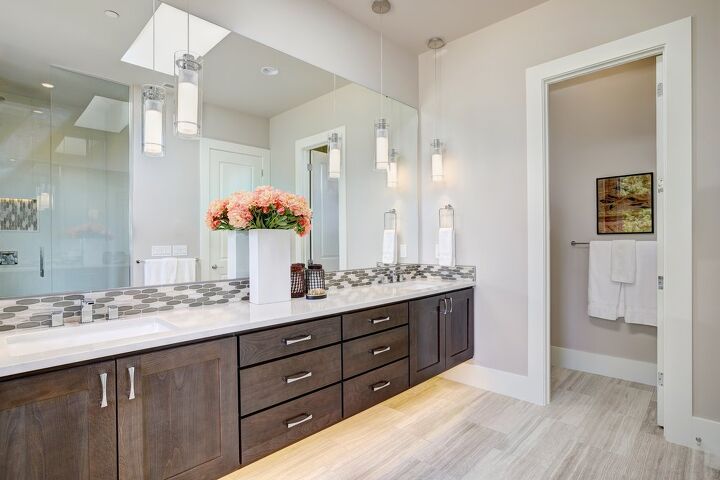






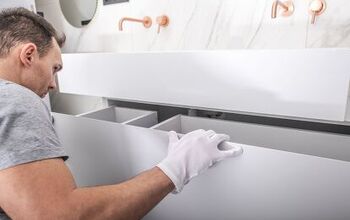
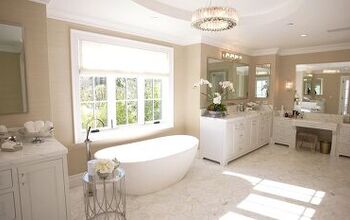
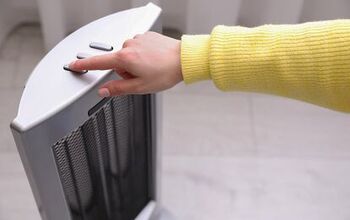
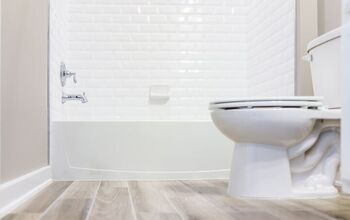
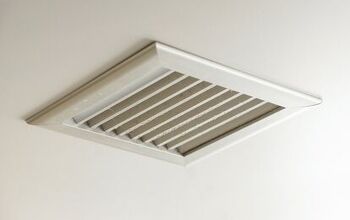
![How To Reset A Whirlpool Cabrio Washer [In 5 Easy Steps!]](https://cdn-fastly.upgradedhome.com/media/2023/07/31/9076531/how-to-reset-a-whirlpool-cabrio-washer-in-5-easy-steps.jpg?size=350x220)











![12 Washing Machine Brands to Avoid [with Recall Data]](https://cdn-fastly.upgradedhome.com/media/2023/07/31/9075781/12-washing-machine-brands-to-avoid-with-recall-data.jpg?size=350x220)